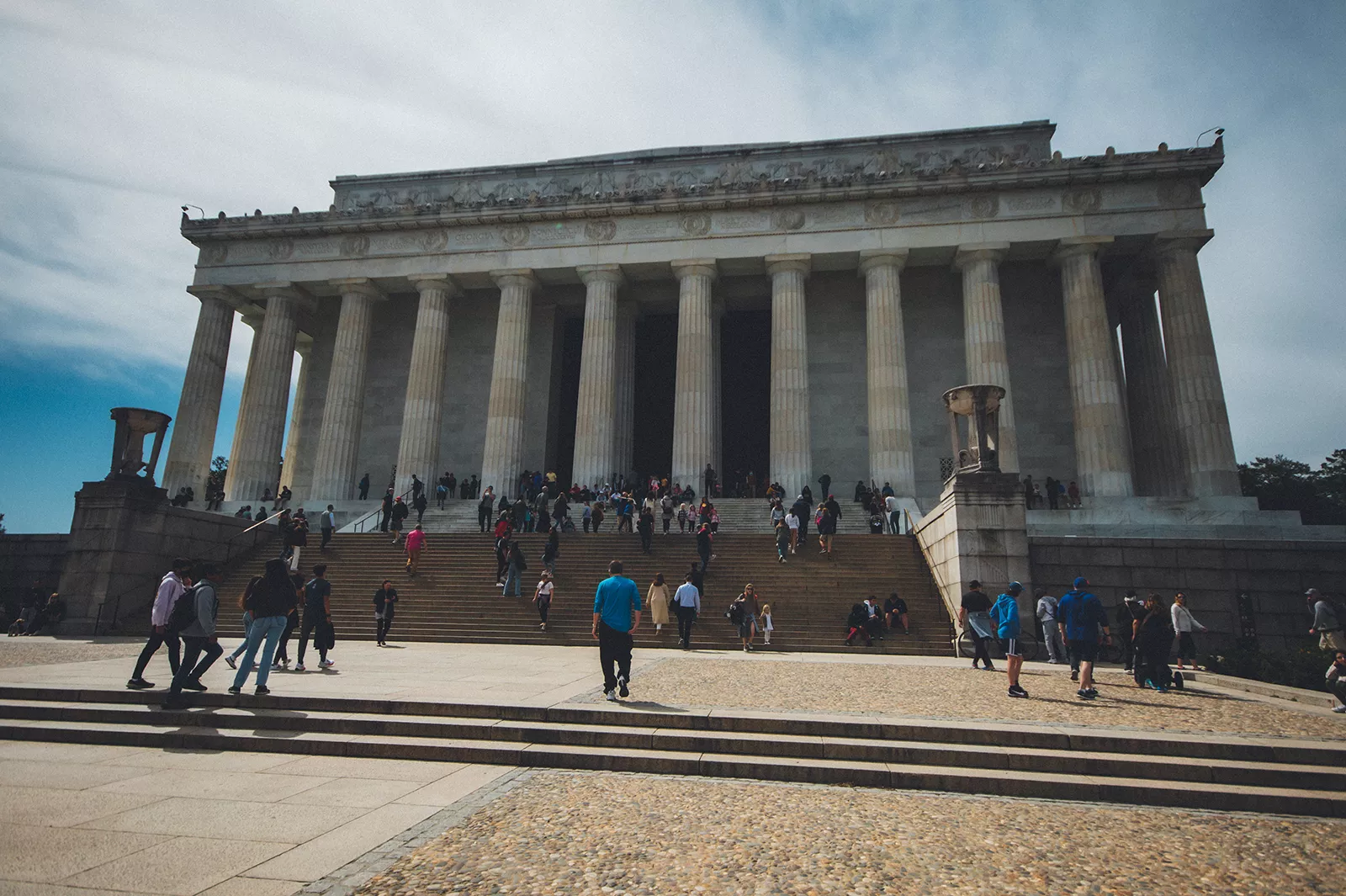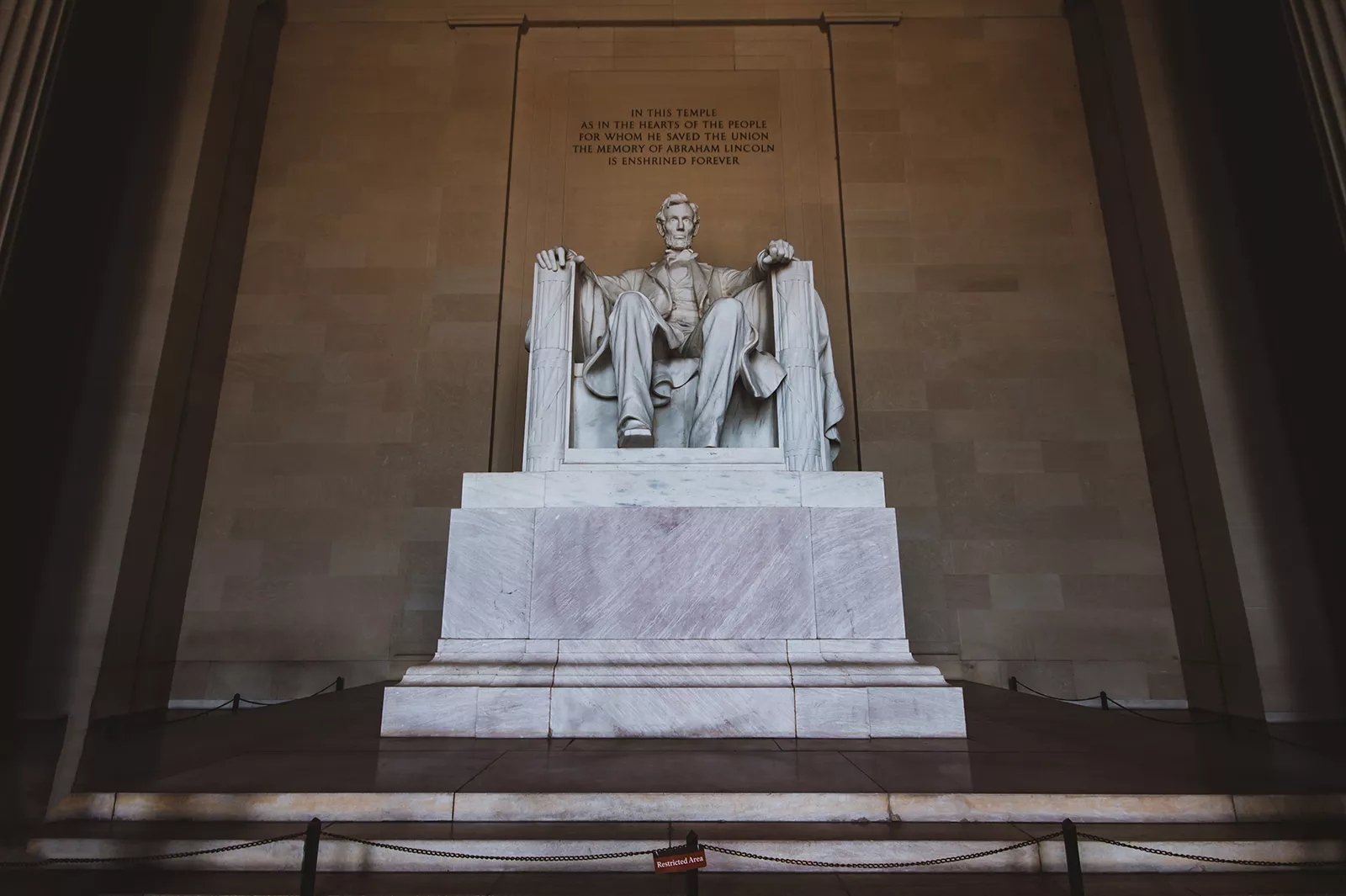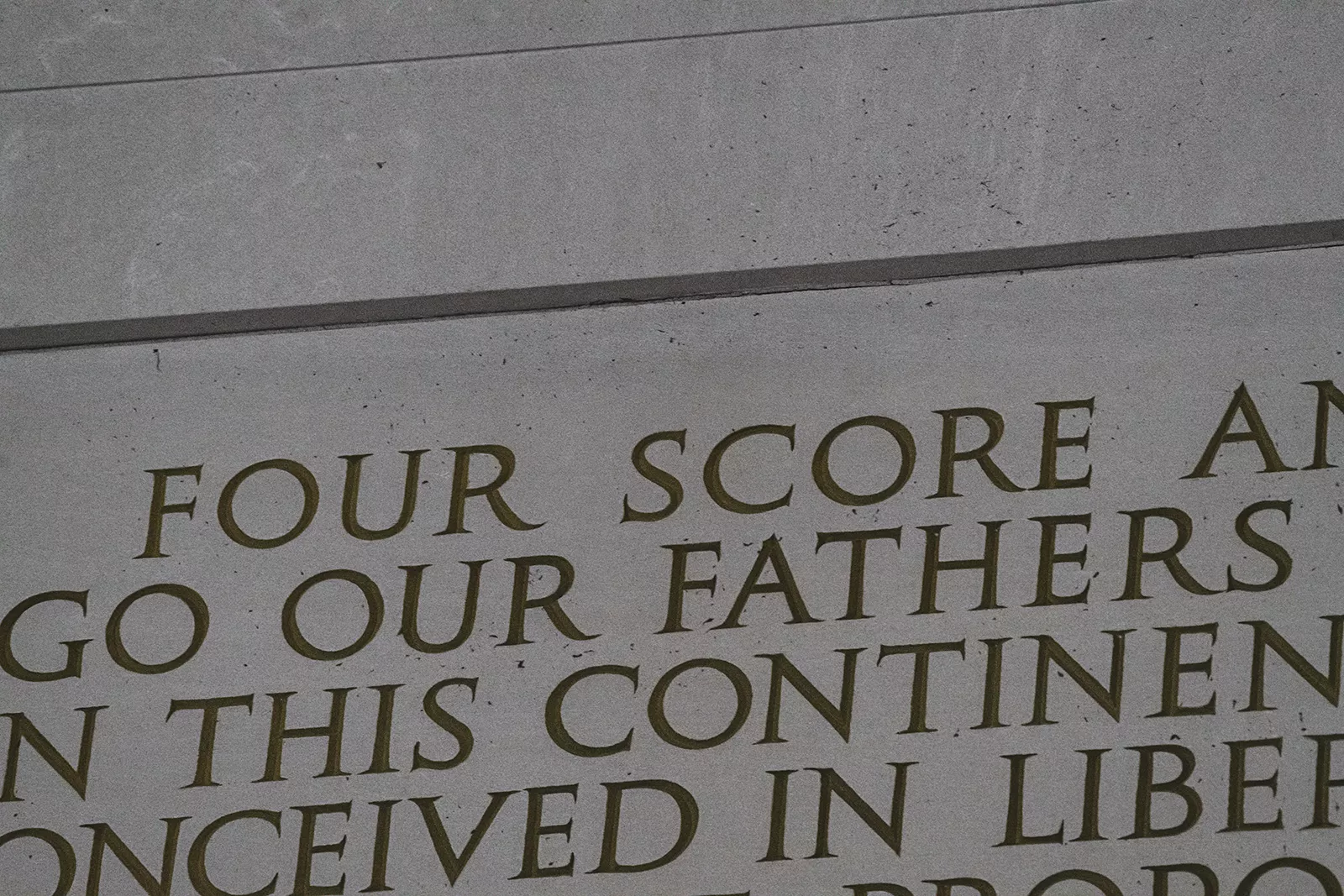Lincoln Memorial: Honoring the Great Emancipator
In the heart of Washington, D.C., stands a grand and iconic structure that pays homage to one of America’s most revered leaders – the Lincoln Memorial. This national memorial, built in honor of the 16th President of the United States, Abraham Lincoln, has become a symbol of freedom, unity, and the enduring spirit of the American people. From its neoclassical design to its historic significance, the Lincoln Memorial stands as a timeless tribute to a man who shaped the course of the nation. Let’s delve into the fascinating history and features of this monumental structure.
In this temple as in the hearts of the people for whom he saved the Union the memory of Abraham Lincoln is enshrined forever. – Royal Cortissoz
The idea for a national memorial to Abraham Lincoln first emerged shortly after his assassination in 1865. It wasn’t until 1910, however, that the Lincoln Memorial Commission was established, setting in motion the journey to create a fitting tribute. The commission faced various challenges, from selecting the right design to finding an ideal location. Ultimately, they settled on the neoclassical temple design by architect Henry Bacon, which embodied the spirit of reverence and dignity befitting Lincoln’s legacy.

Approaching the Lincoln Memorial, visitors are greeted by a sight that commands attention and reverence. The temple’s exterior, adorned with Doric style columns, stands as a testament to Greek architecture’s enduring influence. Each of the 36 columns represents a state in the Union at the time of Lincoln’s death, while two columns flank the entrance behind the colonnade, welcoming visitors into the hallowed space. The exterior also features inscriptions of the names of the states and the dates they joined the Union, a powerful reminder of the nation’s growth and unity.
Ascending the steps and entering the memorial, visitors are transported to a world of grandeur and contemplation. The interior of the Lincoln Memorial is divided into three chambers by rows of majestic Ionic columns. The central chamber houses the awe-inspiring statue of Abraham Lincoln, sculpted by Daniel Chester French. The 19-foot-tall, 175-ton statue captures Lincoln’s dignified presence, a symbol of his steadfast leadership during the Civil War and his commitment to preserving the Union.
Within the memorial’s chambers, visitors can find inscriptions of two of Lincoln’s most famous speeches – the Gettysburg Address and his Second Inaugural Address. These powerful words, etched into the walls, serve as a constant reminder of the ideals and values that Lincoln held dear. The memorial is also adorned with symbolic elements, including murals by Jules Guerin depicting principles such as freedom, justice, and unity. Cypress trees, symbolizing eternity, grace the backgrounds of the murals, creating a serene atmosphere.
Like any monumental undertaking, the creation of the Lincoln Memorial faced its fair share of controversies and triumphs. Some critics argued that the grandeur of the memorial was at odds with Lincoln’s humble character, suggesting a simple log cabin shrine instead. Others questioned the chosen location in West Potomac Park, but the commission stood firm in their decision, ensuring that the memorial would have a prominent place in the nation’s capital.

Over the years, the Lincoln Memorial has become more than just a monument honoring a past president; it has become a symbol of civil rights and racial equality. In 1939, the memorial served as the backdrop for Marian Anderson‘s historic performance, organized after the Daughters of the American Revolution refused to allow her to perform at Constitution Hall. The memorial was also the site of the famous March on Washington for Jobs and Freedom in 1963, where Martin Luther King Jr. delivered his iconic I Have a Dream speech, echoing Lincoln’s vision of equality and justice.
For those fortunate enough to visit Washington, D.C., the Lincoln Memorial is a must-see attraction. Its accessibility, open 24 hours a day, allows visitors to experience its grandeur at any time (subject to change).

Beneath the Lincoln Memorial lies an often-overlooked treasure, the undercroft. This subterranean space holds its own fascinating history. Over time, water seeping through the marble has created stalactites and stalagmites, giving the undercroft a unique natural beauty. During the memorial’s construction, workers left graffiti on the walls, a piece of history preserved by the National Park Service. For many years, guided tours allowed visitors to explore this hidden space, but they were discontinued in 1989 after asbestos was discovered. However, as part of the memorial’s centennial celebration in 2022, a rehabilitation project funded by philanthropist David Rubenstein is set to open the undercroft to visitors once again, offering a glimpse into this captivating underground realm.
The Lincoln Memorial, steeped in history, has also given rise to intriguing myths and legends. One such legend suggests that the face of General Robert E. Lee, the Confederate leader, is carved onto the back of Lincoln’s head. According to the story, Lee’s gaze is directed toward his former home, Arlington House, now part of Arlington National Cemetery. Another popular tale claims that Lincoln’s hands form the letters “A” and “L” in American Sign Language, representing his initials. While the National Park Service denies these legends, some historians speculate that the use of sign language in the sculpture’s hands could be a tribute to Lincoln’s support for the deaf community, as he signed the legislation granting Gallaudet University the authority to grant college degrees. These stories add an air of mystery and intrigue to the memorial, capturing the imagination of visitors.

The Lincoln Memorial’s significance extends beyond its historical and cultural importance. It has also become a popular backdrop for various forms of media, including books, films, and television shows set in Washington, D.C. Its majestic presence and the symbolism it represents have made it an iconic visual representation of the nation’s capital. In fact, the memorial was featured on the reverse side of the United States penny from 1959 to 2008, and it continues to grace the back of the five-dollar bill. Its recognizability in popular culture further reinforces its status as a national treasure.
The Lincoln Memorial stands as a testament to the enduring legacy of Abraham Lincoln. Its design, inscriptions, and symbolism all work harmoniously to honor the man who played a pivotal role in shaping the United States during one of its most challenging periods. As visitors walk up the steps, stand in the presence of the larger-than-life statue, and read the profound words etched into the walls, they can’t help but feel a deep sense of reverence and appreciation for the sacrifices and leadership of Lincoln.

The Lincoln Memorial is an enduring symbol of American history, democracy, and the pursuit of equality. From its neoclassical design to its profound inscriptions, the memorial invites visitors to reflect on the life and legacy of Abraham Lincoln. Whether you come to pay homage to the Great Emancipator, to witness the site of historic speeches, or simply to appreciate the grandeur of the monument itself, a visit to the Lincoln Memorial is a powerful and inspiring experience. It reminds us of our shared values, the progress we have made, and the work that still lies ahead in our collective journey towards a more perfect union.
What’s Nearby Lincoln Memorial
Located within close proximity to the Lincoln Memorial, visitors have the opportunity to explore several other notable landmarks and attractions in the heart of Washington, D.C. The National Mall area is a vibrant hub of memorials and museums. It offers a captivating blend of historical monuments and cultural institutions that invite visitors to explore and reflect upon the nation’s past. Rising proudly towards the sky, the Washington Monument is an iconic symbol of the nation’s capital, offering breathtaking panoramic views of the city from its observation deck.
The National Gallery of Art showcases renowned artwork, and the Smithsonian National Museum of American History explores the wonders of the natural world. The Library of Congress is a treasure trove for history enthusiasts. The White House Visitor Center offers insights into the iconic residence, and Arlington National Cemetery provides a solemn tribute to fallen soldiers. These attractions allow visitors to delve into the rich history and culture of the United States.
Lincoln Memorial Parking Information
Getting to the Lincoln Memorial is relatively straightforward, thanks to its central location in Washington, D.C. Here are a few options for reaching this iconic landmark. If you prefer public transportation, the easiest way is to take the Metrorail. The closest Metro stations to the Lincoln Memorial are Foggy Bottom-GWU Station (served by the Blue, Orange, and Silver lines) and Smithsonian Station (served by the Blue, Orange, and Silver lines) – both are within walking distance. From there, you can follow the signs or use a navigation app to guide you to the memorial.
If you prefer walking or cycling, the memorial is easily accessible from various nearby attractions such as the World War II Memorial and the Washington Monument. The National Mall, a scenic pathway that connects many of these landmarks, offers a pleasant walking route to reach the Lincoln Memorial.
Driving is also an option, but parking can be limited in the immediate vicinity. There is some nearby street parking, but it’s best to check for nearby paid parking facilities or consider using ride-sharing services for added convenience. Once you arrive, you can climb the steps, pass through the grand colonnade, and enter the memorial to experience the awe-inspiring presence of Abraham Lincoln.



